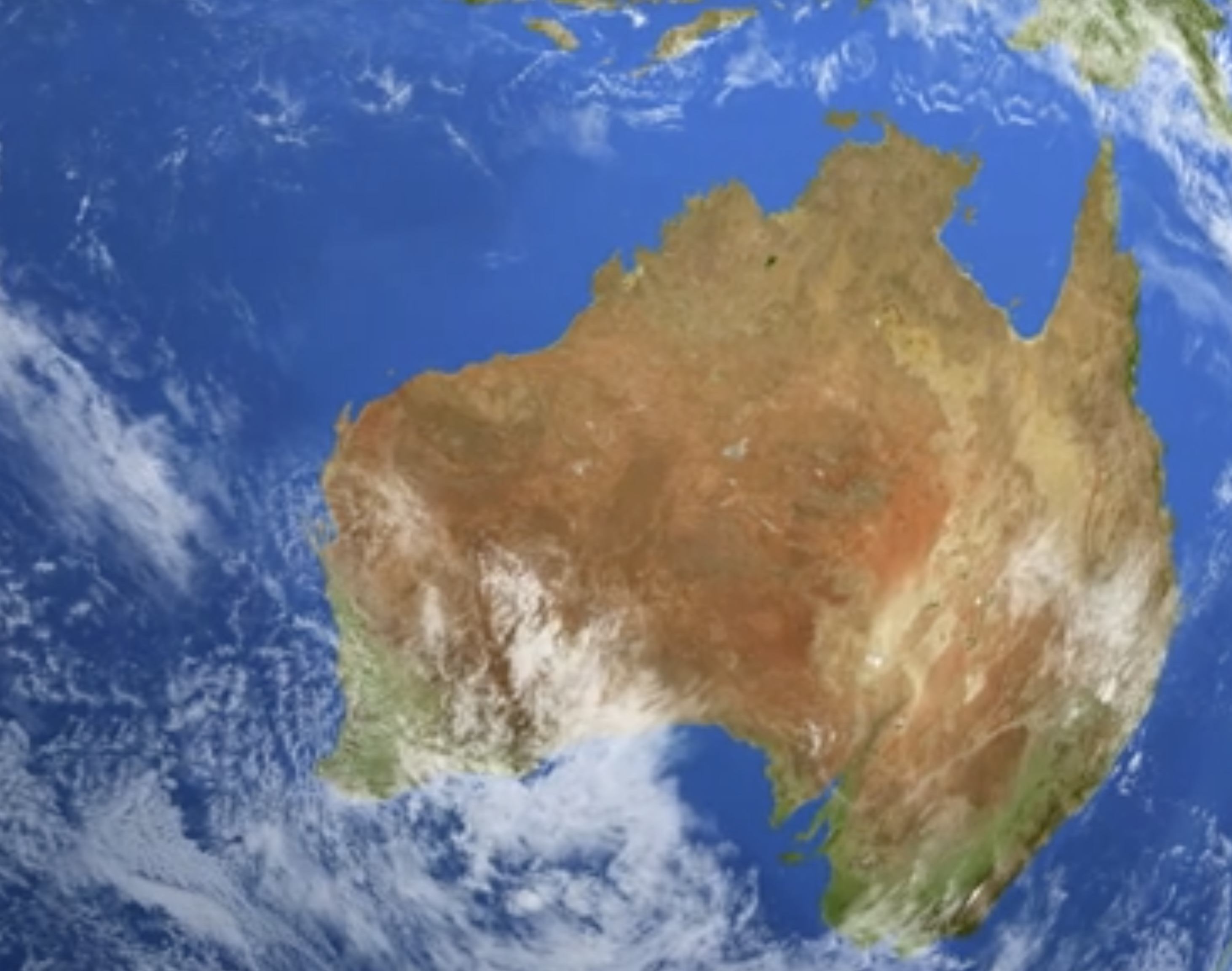By Robbin Laird
On 1 December 2021, the Williams Foundation held its second seminar for the year.
The first one was in April 2021 and focused on next generation autonomous systems, and the second one focused on the requirements of a sovereign defence space capability for Australia.
After drafting the report on the conference, I had a chance to discuss with the Williams Foundation his takeaways from the seminar and his perspective with regard to the way ahead.
Question: What was the purpose of the seminar and was that purpose achieved?
Air Marshal (Retired) Geoff Brown: The purpose of the seminar was to look at space from a defence perspective.
How do we apply developments in the commercial sector, notably with what is labelled new space, to the defence sector?
The ADF has clearly recognized that it needs to own space-based capabilities, but how best to do so?
As AICDRE Phil Gordon noted, we have significant experience with space operations, but more like frequent flyers on the U.S. systems, rather than being operators ourselves.
We’re very experienced in using other people’s space assets.
In the competitive era we are now in with authoritarian regimes around the world, it’s important that we actually operate our own sovereign capabilities to supplement the access that we’ve have with U.S. capabilities.
Question: Australia has a unique geography which is relevant to the space effort. How do you see this factor?
Air Marshal (Retired) Geoff Brown: We sit fundamentally on the line of a polar orbit shared with our chief competitor and there are a lot of things that we can do down here building out from that geographically reality.
But to do so, we don’t need to duplicate U.S. capabilities; there’s less expensive sovereign methods of achieving the aim of leveraging our geography.
Question: Clearly, the United States has recognized the importance of Australian geography for space operations.
If we think of Australian engagement in this approach as a sunk capital cost, how best for Australia now to leverage this capital investment?
Air Marshal (Retired) Geoff Brown: A key aspect is what is referred to as the new space.
The cost to launch has gone down dramatically over the past three decades. Building satellites has changed with the launching and operating of new constellations.
For Australia, going down this new space path is crucial.
One aspect of which is working ways to shape LEO constellations combined with MEO satellites. That combination can give you data and communications capabilities of the kind which the ADF clearly wants and needs.
A lot of the things we really wanted to bring out in the seminar was as Australia looks to invest in space capabilities, we shouldn’t necessarily follow the U.S. model blindly and just put up a big geo communication birds because that may not be the best path forward.
We need to look at the opportunities of what I term new space and see whether we can’t leverage those capabilities to get us a more cost effective and a possibly more enduring capability for Australia.
Question: Looking back at the evolution of the ADF, clearly significant ISR capabilities have been added, such as Wedgetail. The F-35, the Triton, and the P-8. Space gives a longer-range reach, but should it not be viewed with this lens of shaping a more integrated ISR enterprise with longer reach?
Air Marshal (Retired) Geoff Brown: That is a good way to put it.
Because we have not had a dominant space effort like the United States, we can think of space precisely in the terms of how what we can do enhances our overall ISR capabilities.
It is not about feeding legacy space or a big intelligence community.
It is about relevant space capabilities that can work effectively with our other terrestrial capabilities, including innovative new ground-based radar and laser optical systems as well.
It is similar to my experience with Wedgetail. The USAF has been so heavily invested in AWACS that they have resisted what we have done with Wedgetail.
We took a different approach and did so because we saw it as a better fit for where we needed to go as a force, rather than we owned this a particular capability and needed to keep it alive.
I see this as analogous to how we are approaching space.
We are looking for the capabilities that take us forward towards the warfighting capabilities we need, as opposed to keeping the legacy systems fed.
Question: To the warfighting question. My friend and colleague, Dr. Paul Bracken, has made the point in a recent interview I did with him, that in effect we are in a new historical era.
We are some ways in the situation which the West found itself in 1949 exploring how to deal with the global Soviet threat.
We are exploring now how to adjust and how to move forward.
In that context, information war is a staple of the transition for sure. And shaping how to share information with allies and partners is a major challenge. How do you see an Australian space approach helping in this regard?
Air Marshal (Retired) Geoff Brown: As you mentioned in the report, commercial space capabilities are delivering unclassified data for situational awareness.
We can actually share such data with the Solomon Islands government or Papua New Guinea or Indonesia.
We can share data with partners and the public in the information domain in dealing with the information being generated by authoritarian regimes for our or foreign publics.
This is part of the new warfighting domain for sure.
It is also the case that commercial firms have a capability for agility and integration that government intelligence agencies simply cannot do or certainly have not demonstrated.
They provide alternative paths to avoid a threat of tyranny of domination by any allied intelligence services as well.


